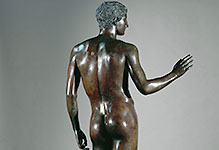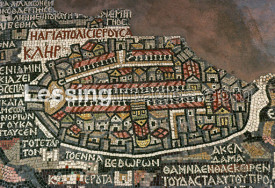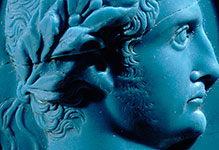
Antiquity
Ancient Egypt, Ancient Greece, Imperial Roman Period, Ancient Middle East.

#03030156
Fragment of a stone stele dedicated by Itur-Ashdum, probably from Sippar, Meopot...

#03030157
Silver tetradrachm of Artaxerxes III, Achaemenid Persian Empire, Memphis, 343 BC...

#03030158
Silver tetradrachm of Lysimachus, Greek, 305-281 BCE. Following the death of Ale...

#03030159
Bronze figurine of a warrior, Canaanite, 2000-1700 BCE. He wears a broad belt f...

#03030160
Ivory hand, Canaanite, 1400-1200 BCE. This hand, which is three-quarters life-s...

#03030161
Ivory hand, Canaanite, 1400-1200 BCE. This hand, which is almost three-quarters...

#03030163
Lid of an anthropoid coffin, 13th century BCE. Mask-like clay-lid from a slipper...

#03030164
Kudurru, Babylonian, 978-934 BC. It records a legal settle- ment of the title to...

#03030165
Stone tablet of Nabu-apla-iddina, from Sippar, southern Iraq, Babylonian, aroun...

#03030166
Black obelisk of Shalmaneser III, Neo-Assyrian, 858-824 BCE Black limestone obe...

#03030167
Stela of Shamshi-Adad V. from Nimrud, Mesopotamia, northern Iraq. The king exten...

#03030168
Stone prism of Esarhaddon, Neo-Assyrian, 680-660 BCE. The small stone monument...





